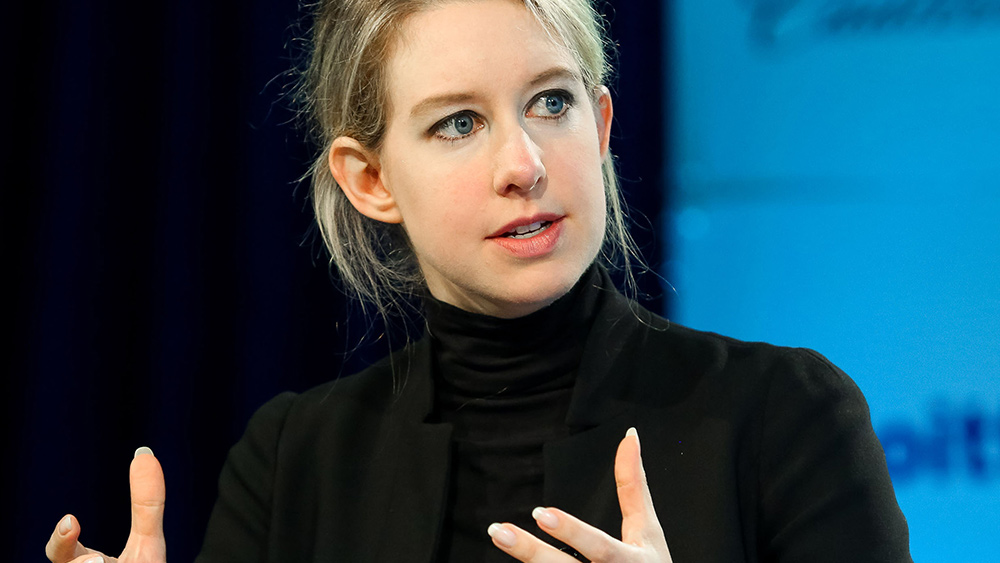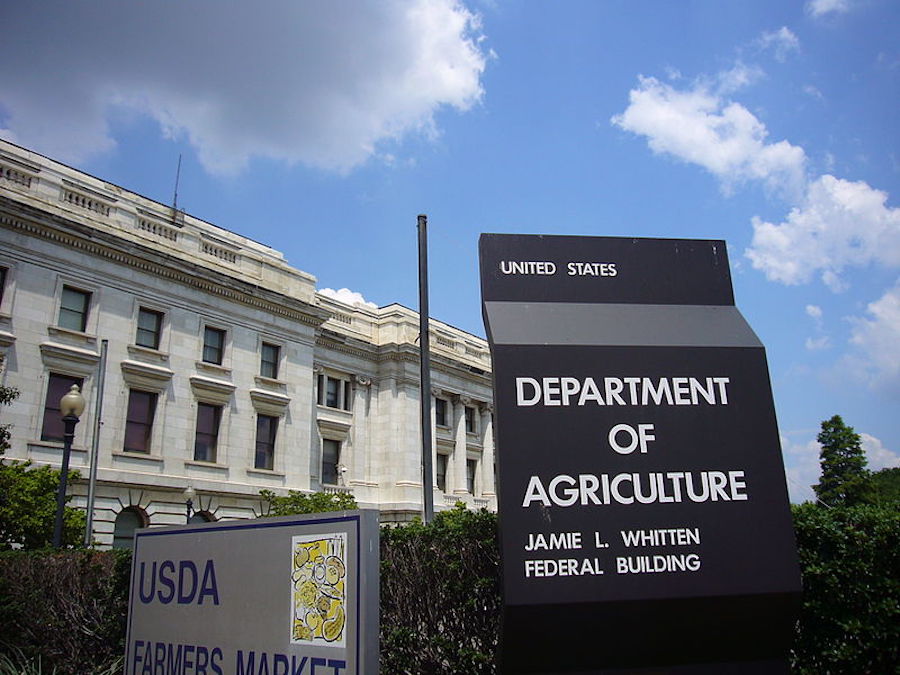Purdue Pharma and other pharmaceutical firms built opioid market on deception and lies
03/28/2019 / By Isabelle Z.

When the news broke this week that OxyContin makers Purdue Pharmam and the Sackler family behind it, have agreed to pay $270 million to settle an opioid lawsuit filed by the state of Oklahoma, many felt it was a big step in the right direction. With entire states suing them and hundreds of millions of dollars in settlement money being paid out, the guilty parties can no longer hide the role they’ve played in the deadly crisis. In fact, this and similar court cases illustrate how Big Pharma has essentially created its own market for these deadly drugs through a web of lies and deception.
In the Oklahoma case, Purdue Pharma and the Sackler Family who owns the firm were accused of ruthlessly marketing OxyContin and misleading the public about how dangerous and addictive it is, essentially downplaying the risk of addiction and exaggerating its benefits. Although the firm had previously denied wrongdoing, they agreed to pay out the settlement in the case, which had been set to go to trial in May.
In confirming the settlement, Oklahoma’s Attorney General, Mike Hunter, said that it was just the first step and that other defendants will also be held accountable for their role in what he termed “the worst public health crisis in our state and nation we’ve ever seen.”
The Sackler family is also the subject of a new lawsuit filed by hundreds of counties and cities across 28 states as well as a Native American tribe, who are accusing them of creating the opioid crisis through their lies and deception.
Strong ties with regulators, medical professionals
In fact, OxyContin’s FDA approval came about under highly questionable circumstances. Although the company had not carried out clinical studies into how addictive the drug could be, the FDA approved a package insert for it that said it was safer than other painkillers because its delayed absorption was “believed” to reduce the potential for abuse. Interestingly, the examiner for the FDA who oversaw this left the agency shortly after that and went to work at Purdue.
Doctors were wary of opioids at the time that OxyContin first hit the market, and Purdue knew it. Touting the drug as a legal and safe option with a unique slow-release mechanism that keeps pain away steadily, their marketing was top-notch. The drug’s active ingredient, oxycodone, is part of the same chemical family as heroin and twice as strong as morphine, and at that time it was generally reserved for end-of-life palliative care. However, Purdue Pharma managed to convince countless doctors to get on board by wining and dining them and misrepresenting the drug’s dangers.
In 1996, the same year that Purdue kicked off its misinformation campaign, these prescriptions really took off, and addiction experts have said in no uncertain terms that Purdue deserves much of the blame for the current crisis. Among other acts, they paid doctors to argue that opioid addiction concerns were overblown, sending them to conventions in exotic locales and showering them with gifts in exchange for putting in a good word with other doctors.
Purdue Pharma gave money to state medical boards and continuing medical education efforts. The company worked with the Joint Commission on Accreditation of Healthcare Organizations to create pain management standards and other educational materials. Those standards, which were put in place in 2001, played down opioids’ risks and encouraged doctors to prescribe the drugs for chronic and acute pain, which is believed to be a big factor in the current epidemic.
Changing prescribing habits
Their efforts managed to dramatically change prescribing habits. Officials at Purdue later discovered that many physicians were under the mistaken assumption that oxycodone was less powerful than morphine, and rather than correct that misconception, they exploited it, convincing them this strong drug was also suitable for less acute types of pain over the long term, like back pain or sports injuries.
Sales reps were trained to play down the addictive potential of the drugs and dodge questions about its dangers. They marketed the drug as something “to start with and to stay with,” and while millions of people did indeed find relief with it, many of them also became hopelessly hooked.
The new lawsuit is calling on the Sacklers to issue some “corrective advertising statements” in medical journals, TV shows, websites, and regional and national publications to more honestly portray the dangers involved.
Listed on the Forbes wealthy family list at number 19 with a worth of $13 billion, the Sackler Family’s fortune comes mainly from sales of OxyContin. Although they pleaded guilty to false marketing of OxyContin in 2007 and paid out $635 million, they’ve continued to market it aggressively. The blockbuster drug has generated around $35 billion in revenue for Purdue Pharma so far.
Approximately 200,000 Americans have now died from prescription opioids like Oxycontin. On top of that, people who become addicted and are then cut off from the drug by their doctors or can no longer afford it often transition to heroin. In fact, four out of every five people trying heroin today reportedly started with prescription painkillers. According to the CDC, 145 Americans are dying each day of an opioid overdose in a crisis that was largely created by the irresponsible acts of profit-minded pharmaceutical companies.
Sources for this article include:
Tagged Under: addiction, bad doctors, Big Pharma, corruption, deception, greed, lies, opioid crisis, Opioids, oxycodone, oxycontin, pain meds, painkillers, Purdue Pharma, Sackler family



















